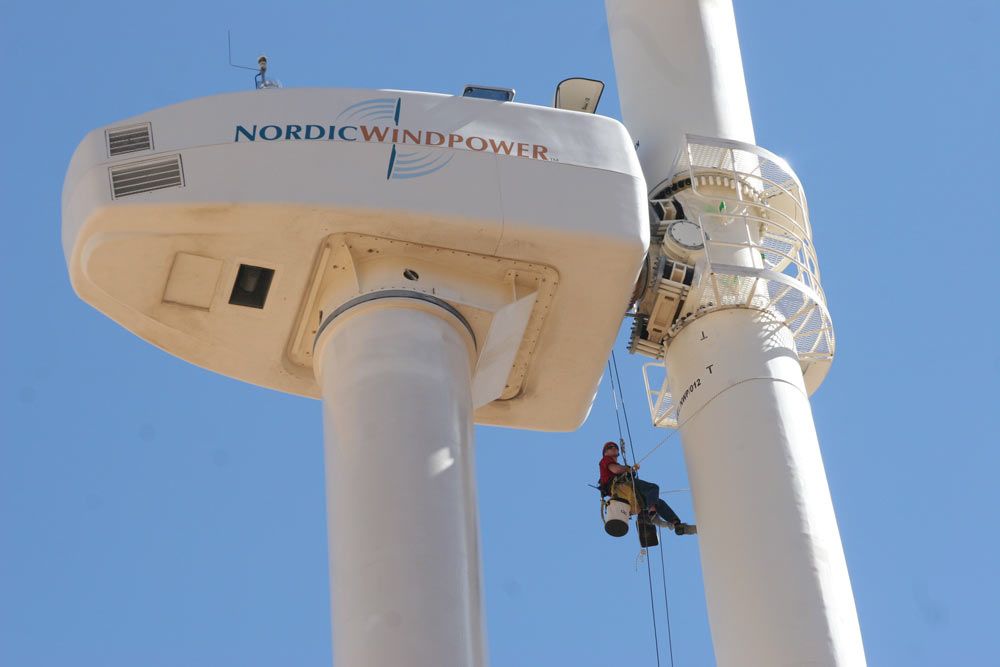How Do Wind Turbines Kill Birds?

Wind energy is frequently touted as a clean, green source of energy that can reduce our dependence on fossil fuels.
But like all sources of energy, wind power comes at a cost — one that's too often borne by eagles, hawks, falcons, owls and other birds.
Wind turbines kill more than 573,000 birds each year in the United States, according to The Associated Press, including federally protected species like bald eagles and golden eagles. [In Photos: Birds of Prey]
Even bats are falling victim to wind-turbine blades: The Pennsylvania Game Commission estimates that more than 10,000 bats are killed in the state each year by wind turbines, the Wall Street Journal reports.
Of course, birds die from other causes, too: Structures like glass-walled office buildings and utility towers, vehicular collisions and carnivorous animals (including domestic cats) kill far more birds each year than wind turbines do.
Though it can appear as though they’re turning at a slow, almost relaxed pace, wind-turbine blades actually move very rapidly: The outer tips of some turbines' blades can reach speeds of 179 mph (288 kilometers per hour) and can easily slice off an eagle's wing.
And when hawks, falcons and eagles are flying, they're usually looking down at the ground for prey, not glancing up to watch for a knifelike blade whipping down on them from above.
Sign up for the Live Science daily newsletter now
Get the world’s most fascinating discoveries delivered straight to your inbox.
"There is nothing in the evolution of eagles that would come near to describing a wind turbine," Grainger Hunt, a raptor specialist with the Peregrine Fund, told the AP. "There has never been an opportunity to adapt to that sort of threat."
Compounding the problem is the design of some wind turbines: The lattice work found on older models makes an ideal perch for larger birds of prey, so they're attracted to the same spires that are also a death trap.
Wind-farm siting is another factor. Many wind farms, like the Altamont Pass Wind Farm in northern California, were constructed in the middle of important migratory routes and are surrounded by prime raptor habitat.
Altamont Pass has come under fire for being one of the deadliest wind farms in the world. One study found almost 10,000 birds die each year beneath the wind-turbine blades at Altamont, and most of them are federally protected raptors or are protected by the Migratory Bird Treaty Act, the Journal reports.
As the number of maimed and dead birds grows, several solutions have been proposed to stem the grisly mutilations of birds and bats occurring at wind farms. Siting wind turbines in areas with lower bird populations is one option.
And newer turbine designs, such as those without lattice frames and with vertical-axis rotors, can reduce the deadly impact that wind turbines have on bird populations worldwide.
It's working at Altamont: Modernizing older turbines and placing them away from certain corridors has reduced the death rate for some bird species by 50 percent, according to KCET.
Follow Marc Lallanilla on Twitter and Google+. Follow us @livescience, Facebook & Google+. Original article on LiveScience.com.

Most Popular

